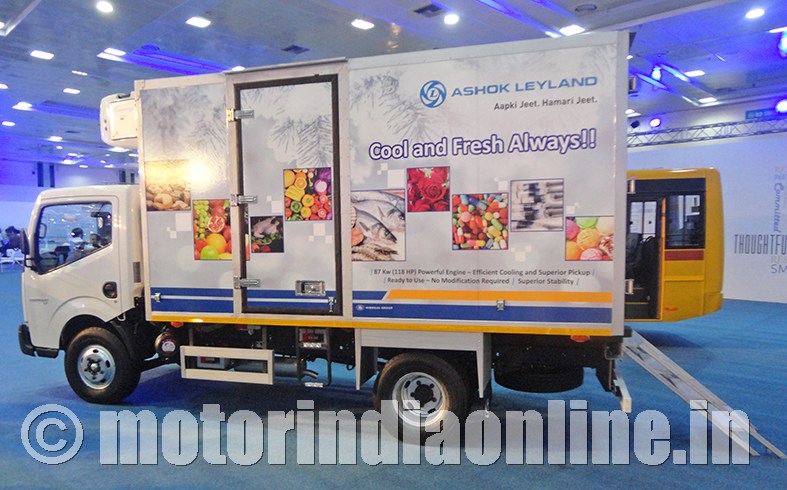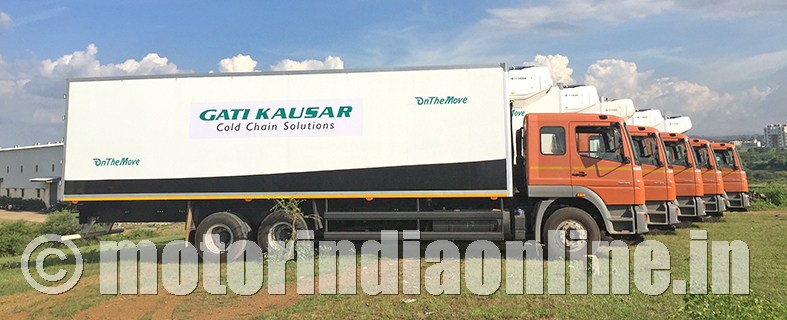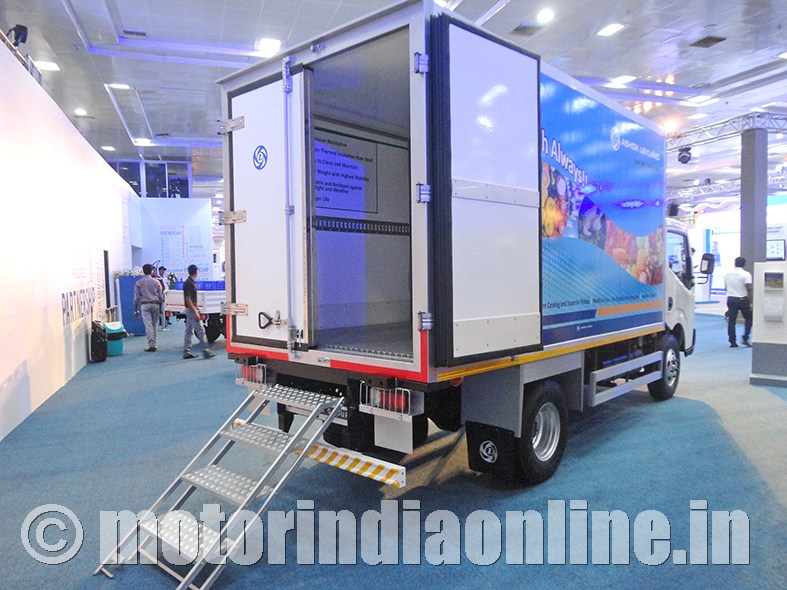A technology-driven company that focusses on manufacturing high quality reefer boxes, Sub Zero Insulation Tech Pvt. Ltd., Pune, is known for its knack of understanding customers’ requirements and proposing customized solutions based on specified inputs. We find out the viewpoints of Mr. Deep Khira, CEO, Sub Zero, about the present and future of the country’s cold chain transport space.

Excerpts:
Please tell us about your product program, production facilities and related details.
Sub Zero boxes are light weight with adequate reinforcements to handle rough road conditions and heavy duty applications. This has been proven through projects we have executed over the last few years. In recent times, we have had some special requirements for multi temperature boxes and we have been able to offer some good innovative solutions. We have also started manufacturing light weight dry freight boxes. Some of our customers have demanded high standards of temperature holding and we have conducted various in house tests to provide the same. We have some very special and prestigious projects coming up in the next few months.
Our manufacturing unit is established on a 40,000 square foot area in Chakan Industrial Area, Pune. Sub Zero has around 70 people working for the company. We are in the process of setting up an assembly unit in the South. It has been 2.5 years since we started production and we currently manufacture around 350 boxes annually and are growing steadily. We use vacuum press technology to make sandwich panels. Our press is capable of making a maximum size single panel of 45’ x 10’. We currently have one vacuum press and we have ordered one more press which will arrive in March 2018. We have very strong in house testing and QC procedures. Failure reports are made with follow up analysis for any problem that occurs in the factory. We have our own temperature sensors to check temperature at various locations inside the box, we also have our own panel bonding test equipment. Our team works hard to satisfy every demand of our customers and to maintain our brand name.
Can you take us thro’ your body building process and the co-operation with OEMs?
We make sandwich panels of various configurations in our vacuum press and these panels are then assembled using a combination of bonding and mechanical fasteners. We have a fabrication area that produces frames for specific panels and sub frames for chassis integration. Sub Zero has a dedicated doors division as this is a critical area. We use best in class materials such as GRP from Lamilux, Germany, and adhesives from Sika & Henkel. We use a combination of high quality materials from India as well as imports. Refrigeration unit varies from Carrier, Thermoking, Hwasung and TESSOL eutectic systems depending on the application and customer preference.
We try not to look too much into our competition; our focus is on our own work and continuous improvement. We are currently working with some of the OEMs as a subcontractor and there is definitely a market for full built (FBV) reefer trucks. Specially post introduction of GST, FBV will be taxed at 18% vs 28% on only chassis.
However this industry is customisation oriented, someone may want a side door, or some shelves, partition wall, different floor types, etc. OEMs will not be able to provide customised solutions unless there is a bulk requirement.
Brief us Reefer market structure & developments after BS-IV & GST implementation.
The trailer market is still insignificant for reefer vehicles but this will change with improvement in road infrastructure over the next 5 years. We do receive few enquiries for 40’ reefer trailers. Primarily long haul transportation is done using 32’ boxes on rigid chassis. For last mile distribution there are various pick up vehicle models available and this is a growing segment due to entry of many entrepreneurs in the food industry.
Presently ICV and LCV are more popular than HCV for reefer segment in my opinion. But yes, with improvement in road infrastructure and market stabilisation post GST hub and spoke could come in to play. 3PL companies would use larger trucks for long haul and then pick-ups for final distribution. We have seen a significant rise in HCV reefer orders this year.
Comment on technology impact and international trends to follow in the segment.
This segment has to be technology driven. There are some very good telematics systems available in the market where you control everything from your office including temperature setting, door openings, reefer unit working, etc. The key is to demonstrate various technology offerings to consumers and educate them on the same.
Focus should shift on quality over pricing, of course pricing is important but it is not such a significant factor considering product life cycle is minimum 10 years. Europe and the US have a huge trailer market, and Europe also has a big van market. The focus globally is on easy loading unloading systems, tail lifts, optimising door locations, routes, etc. Our market should start thinking in the same way and work toward total logistics solutions and efficient loading unloading systems.
What are the growth drivers for cold chain transport & specifically the reefer vehicles?
Government is providing good support to the industry in terms of subsidies, which is great. It would be even more effective if body aggregators were part of the link to avail these benefits for our customers. Of course road infrastructure has huge role to play and consumer awareness. End consumers need to demand high quality food products and reject anything below the standard


